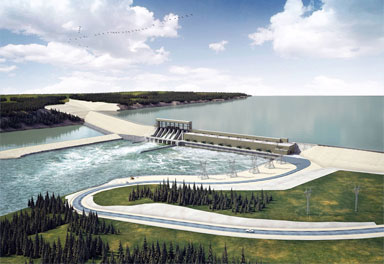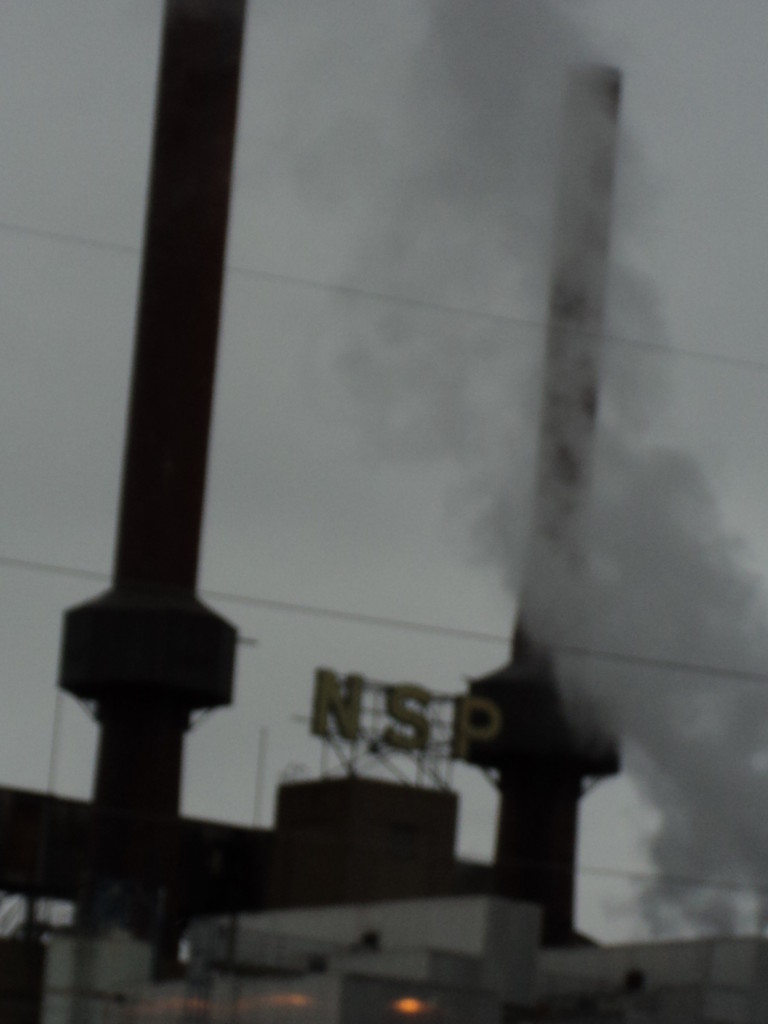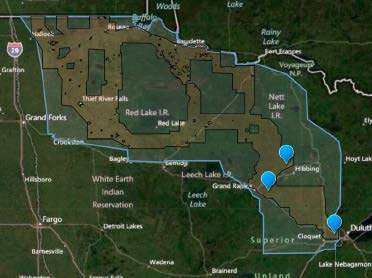In today’s STrib, there’s a piece written by Ron Way about hydro power, with a familiar scenario presenting about how then Northern States Power did a deal with Sen. Gaylord Nelson to get its Allen S. King coal plant built, there’s a book there waiting to be written. But what’s disturbing is the commentary from Fresh Energy’s Micheal Noble with “concerns” about hydro. Concerns? And what exactly have you done about those concerns? I have no time for this “concern” first, because ME3, Fresh Energy’s prior identity, had an active hydro program, and that was disappeared, and second, that the Great Northern Transmission Project has been going on for more than three years and Fresh Energy was absent.
Yet this OpEd today had this to say:
Overland’s comment about that “concern” about hydro:
This is nothing new. Of course Xcel will get more power from Manitoba Hydro now. So will Minnesota Power. IF anyone is so concerned about the new dam going up in Manitoba, why is it that that NO ONE intervened in MP’s hydro transmission case, where Minnesota Power and Manitoba Hydro are building the largest capacity transmission project (500 kV triple bundled) in Minnesota in decades (it matches the Forbes-Chisago line). The Certificate of Need is long done (PUC Docket 12-1163). That routing docket (14-21) is also now complete, waiting only for the judge’s recommendation and Public Utilities Commission decision. Not one funded group intervened, Fresh Energy was no where to be seen. Without transmission, that hydro power wouldn’t be coming into Minnesota. No that they’ll have that transmission line built, it’s going to be marketed and imported, nothing will stop it. Fresh Energy’s hydro program disappeared about the same time ME3 did. This concern about Xcel’s increased use of hydro is more than three years too late — the largest transmission line in Minnesota is about to be routed. “Concern” doesn’t cut it. You have to show up.
What are some Fresh Energy’s concerns that play out in its spending?
$460k for being the RE-AMP Media Center
$67k for being the RE-AMP Host
$159,915 to Michael Noble (salary & benefits)
RE-AMP was a major promoter of coal gasification back in 2005 when Excelsior Energy’s Mesaba Project was getting going (as a result of the 2003 Prairie Island nuclear deal). Then RE-AMP became a major promoter of transmission. Good choices, folks…
And $159k is just too much to be paid in a “non-profit” because to sustain that level of pay, well, it takes a lot of hustling. We see what advocacy activities are taken on, and what advocacy activities are avoided. The “mission” of Fresh Energy is to “Shape and drive realistic, visionary policies that benefit all,” but I’ve seen advocacy of policies that presume the public interest but in fact work against it — coal gasification and transmission are two that come to mind.
Oh, and now Jeff Broberg is on the board!!! Remember his antics for Oronoco Twp. on the CapX 2020 Hampton – La Crosse transmission line? There’s Oronoco Twp’s Exhibit 89 and Oronoco Township – Testimony of Broberg and Exhibits – see Exhibit 7! And Oronoco squeals about “new testimony?!?” Someone of his claimed experience should know better… His spot on the Board of Fresh Energy makes me wonder what they’ll do next!
And hydro? Fresh Energy used to have a hydro program specifically about the dams about Manitoba. What happened to it? Here’s the ME3 Hydro page back when they had a real website.
From Ron Way in today’s STrib, the full piece:
Is hydropower green? Not really
But is hydropower, in the larger sense, “green”?
Far from it, as more and more are coming to realize.
“Nothing alters a river as totally as a dam,” writes author and river advocate Patrick McCully.
Caneff said the downside effects listed in Lenhert’s report apply to most every dam.
Another downside to hydropower is the social disruption of the reservoirs.



